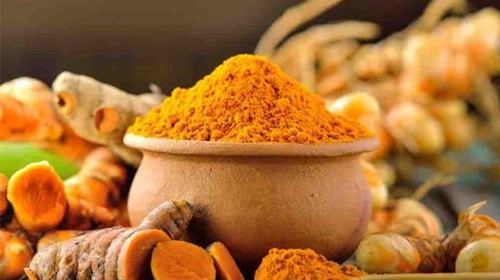In India, turmeric is not just a spice but also a part of tradition, culture, and skincare. Among the many types of turmeric, Kasturi Manjal (also called Wild Turmeric) is highly valued for its medicinal and cosmetic benefits. Unlike the common turmeric used in cooking, Kasturi Manjal is mainly used in skincare, Ayurveda, and beauty rituals.
Because of its high demand, many sellers mix it with ordinary turmeric or sell fake powders. Knowing how to identify original Kasturi Manjal is important to ensure you get its true benefits.

Why Kasturi Manjal is Special
- Not for cooking: Unlike regular turmeric, Kasturi Manjal is not edible. It has a strong aroma and slightly bitter taste, making it unsuitable for food.
- Skincare benefits: Known to reduce acne, scars, dark spots, pigmentation, and unwanted facial hair. It brightens the skin naturally.
- Medicinal use: Traditionally used in Ayurveda to treat wounds, insect bites, and skin infections.
How to Identify Original Kasturi Manjal
1. Color
- Original Kasturi Manjal: Has a light yellow to pale orange shade, slightly different from the deep yellow of kitchen turmeric.
- Fake or Adulterated Powder: Often very bright yellow (artificial color added) or looks exactly like cooking turmeric.
👉 Tip: If the color looks too vibrant and stains strongly, it may be ordinary turmeric or a mix.
2. Smell
- Original Kasturi Manjal: Has a distinct earthy, camphor-like, and aromatic fragrance. The smell is refreshing, unlike regular turmeric which has a spicy, pungent smell.
- Fake Powder: Either has no fragrance, or smells just like the turmeric used in curries.
👉 A natural fragrance is the biggest sign of authenticity.
3. Taste Test (Caution)
- Kasturi Manjal is not meant for eating, but tasting a small pinch can help.
- Original Kasturi Manjal: Tastes bitter and not pleasant.
- Edible Turmeric: Has a slightly spicy, earthy flavor that blends well with food.
4. Staining Power
- Original Kasturi Manjal: Does not leave strong yellow stains on the skin. This makes it safe for beauty packs, unlike kitchen turmeric which often leaves stubborn stains.
- Fake / Cooking Turmeric: Stains the skin and clothes deeply.
👉 If your face pack leaves yellow stains, it’s not Kasturi Manjal.
5. Form of Purchase
Kasturi Manjal is available in raw rhizome form (dried roots) as well as powder.
- Original Rhizomes: Short, round, and aromatic with a light-yellow interior.
- Powder Form: Should be fine, aromatic, and pale yellow. Always prefer raw dried roots and grind them at home for best authenticity.
6. Price and Source
- Original Kasturi Manjal is more expensive than regular turmeric because it is rare and mostly grown in Kerala and parts of South India.
- If the price is too cheap, it is likely fake or mixed.
- Always buy from trusted Ayurvedic stores, organic brands, or directly from farmers.
Difference Between Kasturi Manjal and Regular Turmeric
| Feature | Kasturi Manjal (Wild Turmeric) | Cooking Turmeric (Curcuma longa) |
| Use | External (skincare, Ayurveda) | Edible (cooking, medicinal) |
| Color | Pale yellow / light orange | Deep yellow |
| Smell | Aromatic, camphor-like | Strong, spicy |
| Taste | Bitter, not edible | Earthy, slightly spicy |
| Staining | Does not stain skin | Leaves yellow stains |
Conclusion
Identifying original Kasturi Manjal is all about checking its color, fragrance, staining nature, and source. True Kasturi Manjal is pale yellow, has a refreshing aroma, does not stain the skin, and is always used externally. If the powder smells like cooking turmeric or leaves deep stains, it is likely fake.
When buying, always go for trusted sellers, organic brands, or raw rhizomes to ensure purity. Using original Kasturi Manjal in your skincare routine can bring natural glow, reduce acne, and improve skin health without side effects.